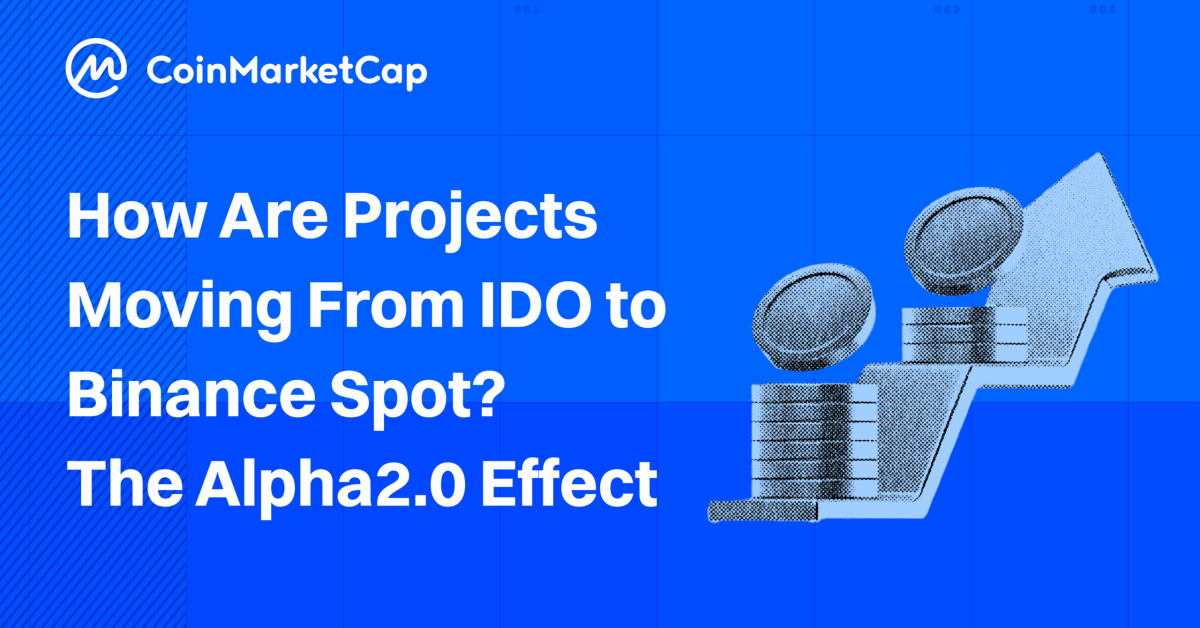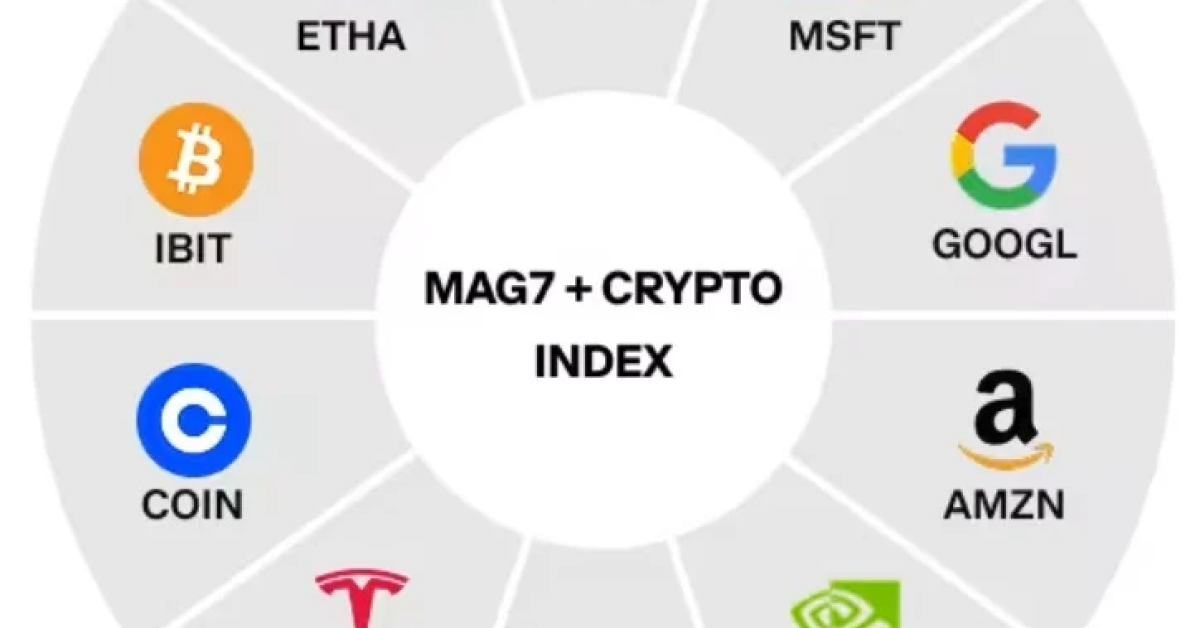Reading Cryptocurrency Price Charts: A Basic Tutorial
Understanding cryptocurrency price charts is essential for anyone aiming to make informed investment decisions in the fast-paced digital currency market. In this tutorial, we will delve into the fundamental aspects of reading these charts, the various patterns and indicators traders utilize, and how you can apply this knowledge to enhance your trading strategy. By the end of this article, you will have a solid foundation to interpret the price movements of cryptocurrencies effectively, which is critical for both novice and seasoned investors.
Table of Contents
Introduction to Cryptocurrency Price Charts
Cryptocurrency price charts serve as visual representations of price movements over specific periods, allowing traders to analyze historical data and predict future price changes. Given the volatile nature of cryptocurrencies, understanding how to navigate these charts is critical for identifying trends, potential entry and exit points, and making educated trading decisions.
In this tutorial, we’ll cover the essential tools and techniques for reading these charts effectively, from understanding the types of charts to recognizing key patterns and indicators that inform trading strategies.
Types of Price Charts
The primary types of price charts used in the cryptocurrency market include line charts, bar charts, and candlestick charts. Each type has its unique features and advantages.
Line Charts
Line charts are the most straightforward type, consisting of a single line connecting closing prices over a specified period.
-
Advantages:
-
Easy to understand and interpret.
-
Provides a clear overview of price trends.
-
Disadvantages:
-
Lacks specifics about opening, high, and low prices for each period.
Bar Charts
Bar charts display price movements over time, showing the open, high, low, and close (OHLC) for each time period in a single vertical bar.
-
Advantages:
-
Offers more detailed insights than line charts.
-
Useful for identifying price ranges.
-
Disadvantages:
-
Can be more difficult to read than line charts at a glance.
Candlestick Charts
Candlestick charts are visual tools preferred by many traders due to their capacity to convey a wealth of information through color-coded bars representing price movements. Each candlestick indicates the open, high, low, and close for a specific timeframe.
-
Advantages:
-
Visually appealing and easier to interpret price action.
-
Provides insights into market sentiment (bullish vs. bearish).
-
Disadvantages:
-
Can be overwhelming for beginners due to the myriad of patterns.
Understanding Cryptocurrency Price Movements
Cryptocurrency price movements occur due to various factors, including market volatility, investor sentiment, news, and overall economic conditions. Understanding these components is crucial for interpreting charts effectively.
- Volatility: Cryptocurrencies can experience rapid price changes, often within short time frames.
- News Impact: Announcements regarding regulations, technology updates, or significant investments can dramatically affect prices.
- Market Sentiment: Emotions among traders can drive prices up or down, often leading to speculative trading behavior.
Basic Chart Patterns
Identifying chart patterns can provide insights into future price movements. Here are a few common patterns:
- Head and Shoulders: Indicates a reversal in trend.
- Double Top and Bottom: Signals potential reversal points.
- Triangles: Ascending/descending triangles indicate continuation or reversal.
Key Indicators
In addition to basic chart patterns, traders rely on several key indicators to aid their decisions. Let’s explore the most common ones.
Moving Averages
Moving averages (MA) smooth out price data to identify trends over a specific period.
- Simple Moving Average (SMA): Calculates the average price over a defined number of periods.
- Exponential Moving Average (EMA): Gives more weight to recent prices, making it more responsive to new information.
Relative Strength Index (RSI)
The RSI measures the speed and change of price movements to identify overbought or oversold conditions, ranging from 0 to 100. An RSI above 70 may indicate an overbought condition, while below 30 could signal oversold.
MACD (Moving Average Convergence Divergence)
The MACD is a trend-following momentum indicator that shows the relationship between two moving averages. It consists of three components: the MACD line, the signal line, and the histogram, which help traders understand potential buy or sell signals.
Market Sentiment
Understanding market sentiment is essential. News cycles, regulatory updates, and social media discussions can sway investor emotions, leading to volatile price swings. Tools like the Fear and Greed Index can help gauge market sentiment, allowing traders to make more informed choices.
Conclusion
Reading cryptocurrency price charts is a skill that combines technical understanding with market sentiment analysis. By familiarizing yourself with different types of charts, recognizing patterns, and utilizing key indicators, you will be well-prepared to navigate the complexities of cryptocurrency trading. Remember, the more you practice, the sharper your analytical skills will become, enabling you to make informed strategies based on price chart analysis.
For a deeper exploration of trading strategies and market insights, check out CoinDesk.






